Cobweb Bridge
The whimsical steel spider lurking in the shadows of this suspension bridge shows that engineers can have a sense of humor.
Wires stretch from this whimsical, winding suspension bridge and cling to its overhead structure like the strands of a cobweb. A surprise that’s equal parts spooky and silly dangles from the ceiling, waiting to greet anyone who rounds the bend.
The bridge is part of the Five Weirs Walk, a roughly 4.5-mile marked footpath along the River Don in Sheffield that celebrates the city’s water-powered industrial steel-making heritage. When city council engineers were tasked with creating a way to let pedestrians cross the river, they built this unusual S-shaped structure and suspended it on wires beneath one of the viaduct’s arches.
The bridge is obviously named for the cobweb-like appearance of the suspension wires. It’s also known as Spider Bridge, a nickname it has had a bit of fun with. A huge steel spider lurks beneath the viaduct and dangles above the bridge. Though its real purpose is to cover the lighting fixtures, it’s also a quirky reminder that city engineers can have a sense of humor, too. “Boris the Spider,” the name given to the enormous arachnid, has become very popular with local children.
The viaduct the bridge weaves beneath, known locally as the Wicker Arches, once supported the old Sheffield Victoria station above the River Don and is an interesting historical structure in its own right. It was designed by John Fowler, who later found fame as co-designer of the iconic Forth Rail Bridge near Edinburgh, Scotland.
Know Before You Go
If you continue along the Five Wiers Walk you will eventually come to a historic Bailey Bridge which is reputed to have been used in the D-Day landings in WW2. The inventor, Donald Bailey, was born only a few miles away.
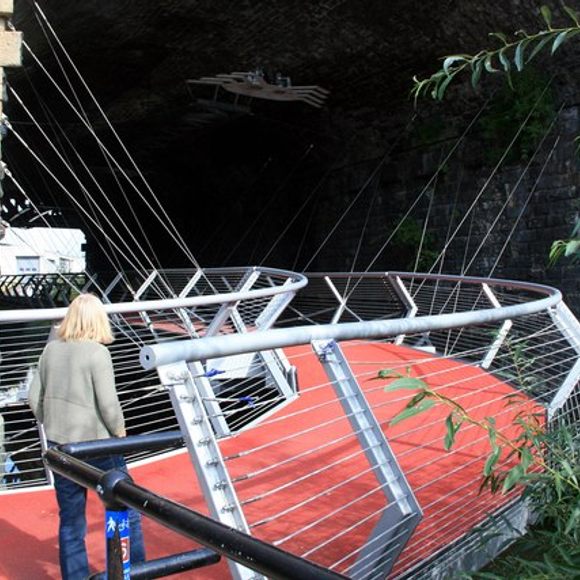





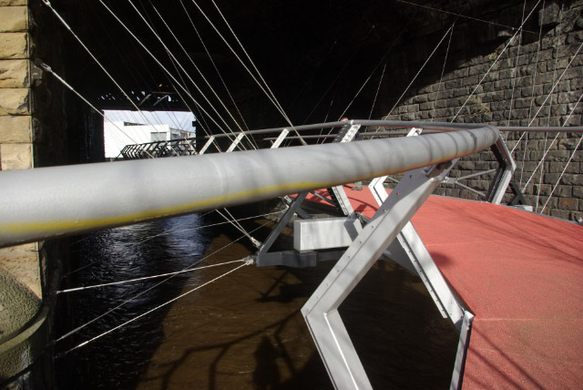
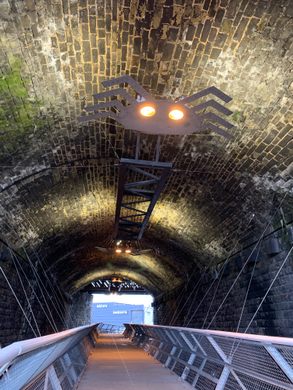




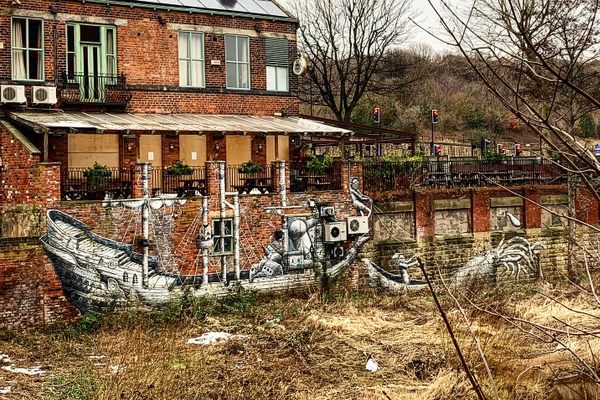




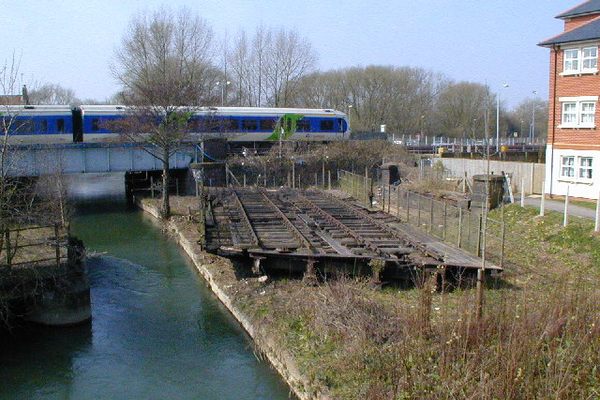
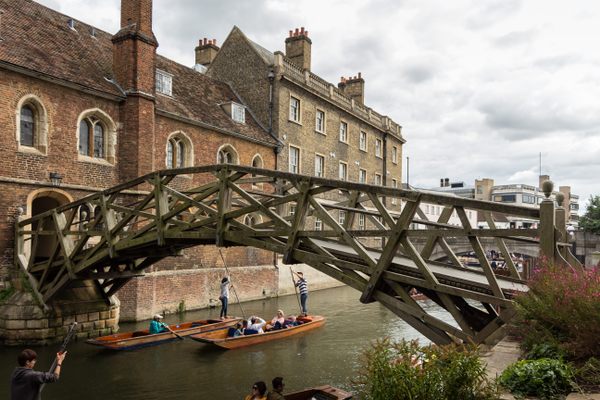

Follow us on Twitter to get the latest on the world's hidden wonders.
Like us on Facebook to get the latest on the world's hidden wonders.
Follow us on Twitter Like us on Facebook